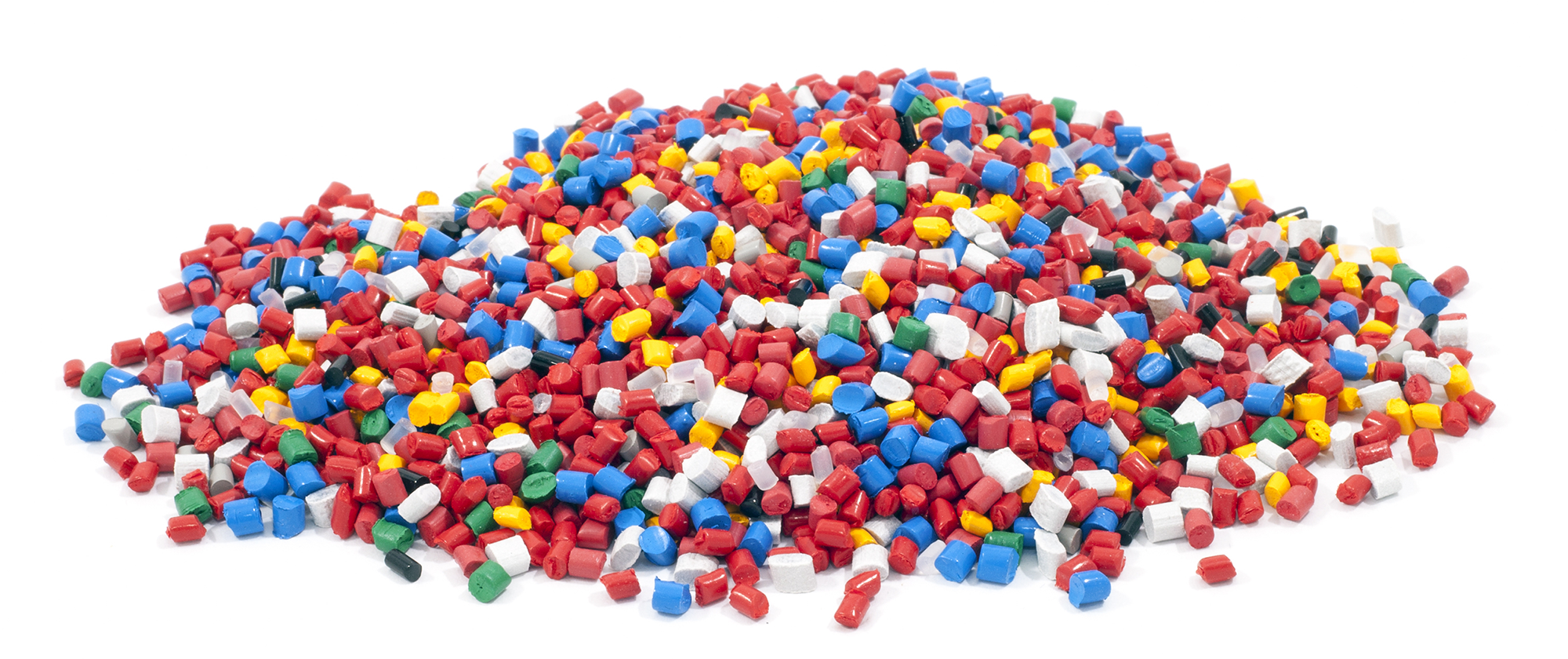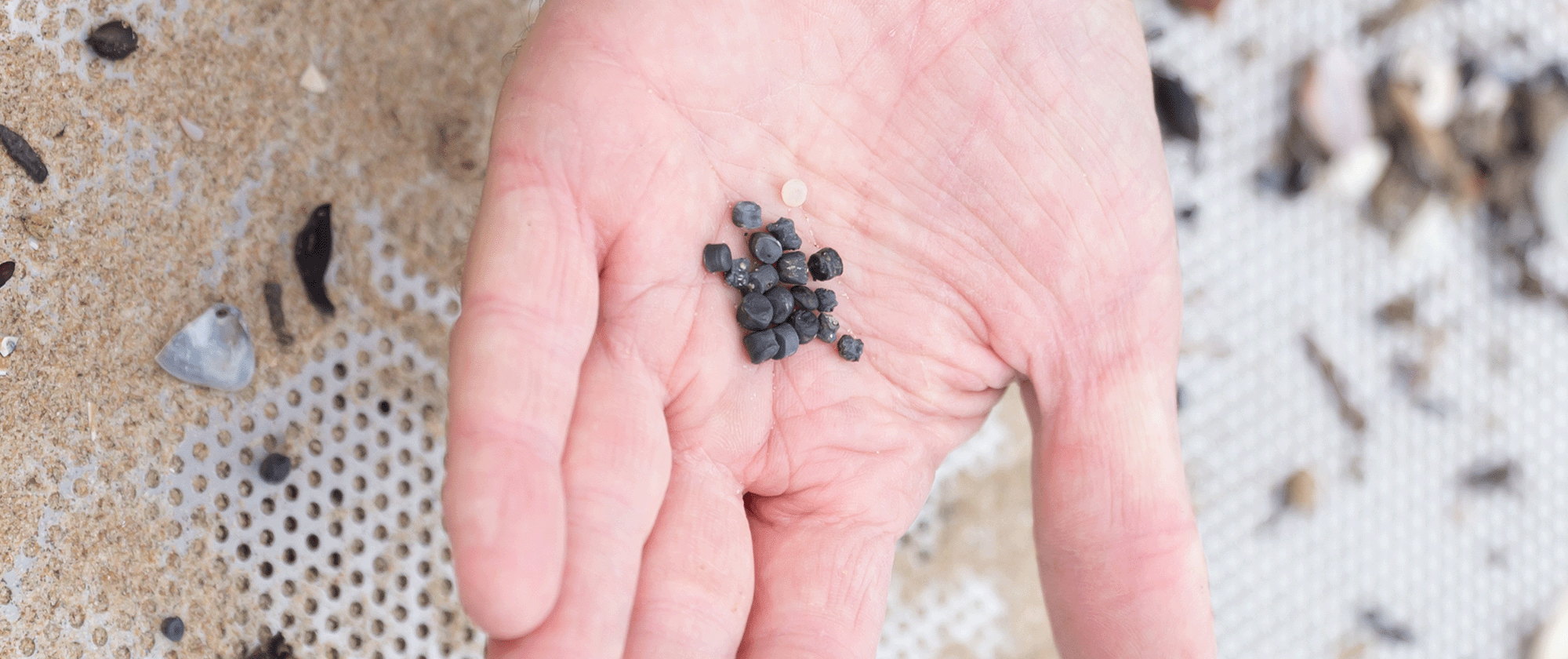
Nurdles and Bio-beads
Microplastic pollution
What are nurdles and bio-beads?
Plastic pollution in rivers, streams and on beaches comes from a wide range of different sources. Microplastics like nurdles and bio-beads can disrupt habitats and cause harm to wildlife if eaten.
Bio-beads are used in some of our treatment processes, and we make every effort to keep them within the works so they don't escape into the environment. If you see any, please let us know so we can investigate.
Nurdles
Nurdles are tiny, smooth plastic pellets that are used in the pre-production phase of the plastic industry. They are the building blocks of anything plastic. Nurdles are sometimes called mermaid’s tears. Nurdles can be any colour.
Bio-beads
Bio-beads are used in the treatment of wastewater. Similar in size to nurdles, bio-beads have a rough or dimpled surface. They're usually black, blue, white or mixed, depending on the supplier.
How do they get into the environment?
Nurdles usually escape into the environment if something goes wrong in the supply chain, for example, if the container they were delivered in was damaged, or if filters at plastic production or recycling plants weren’t working properly.
Similarly, bio-beads can get into the environment if screens at wastewater treatment plants get damaged.
What are we doing to prevent bio-beads escaping into the environment?
At some of our treatment works, bio-beads are kept in huge tanks and act as a filter when water is passed through them. Bacteria used to break down biomass within the wastewater grow on the large surface area of the beads. Air is added to keep the bacteria alive. That’s why bio-beads are also sometimes called biomedia or Biological Aerated Flooded Filter (BAFF) media.
We own 8 BAFF plants across the region. They’re all fitted with suitable primary and secondary containment, including stainless steel wedge wire. These sites are inspected regularly to prevent any wear and tear becoming a risk. All our sites meet strict technical standards and we are extremely vigilant.
If bio-beads were to escape their cells, it’s immediately obvious as they float on tanks and accumulate in the return systems at the works or they’re captured by the secondary containment which prevents them from entering the environment. Any escape of beads from the works is unacceptable.
Additionally, media levels within BAFF sites are monitored to ensure levels remain optimal, so any change is investigated immediately.
When beads reach the end of their life, we follow appropriate disposal methods which prevent bio-beads ending up in the environment.
Is there an alternative to using these plastics in the treatment process?
Unfortunately, there is no alternative media available, at the moment, that would comply with the required buoyancy needed for the process at our 8 sites.
However, we have no plans to install any new BAFF plants in the region.


